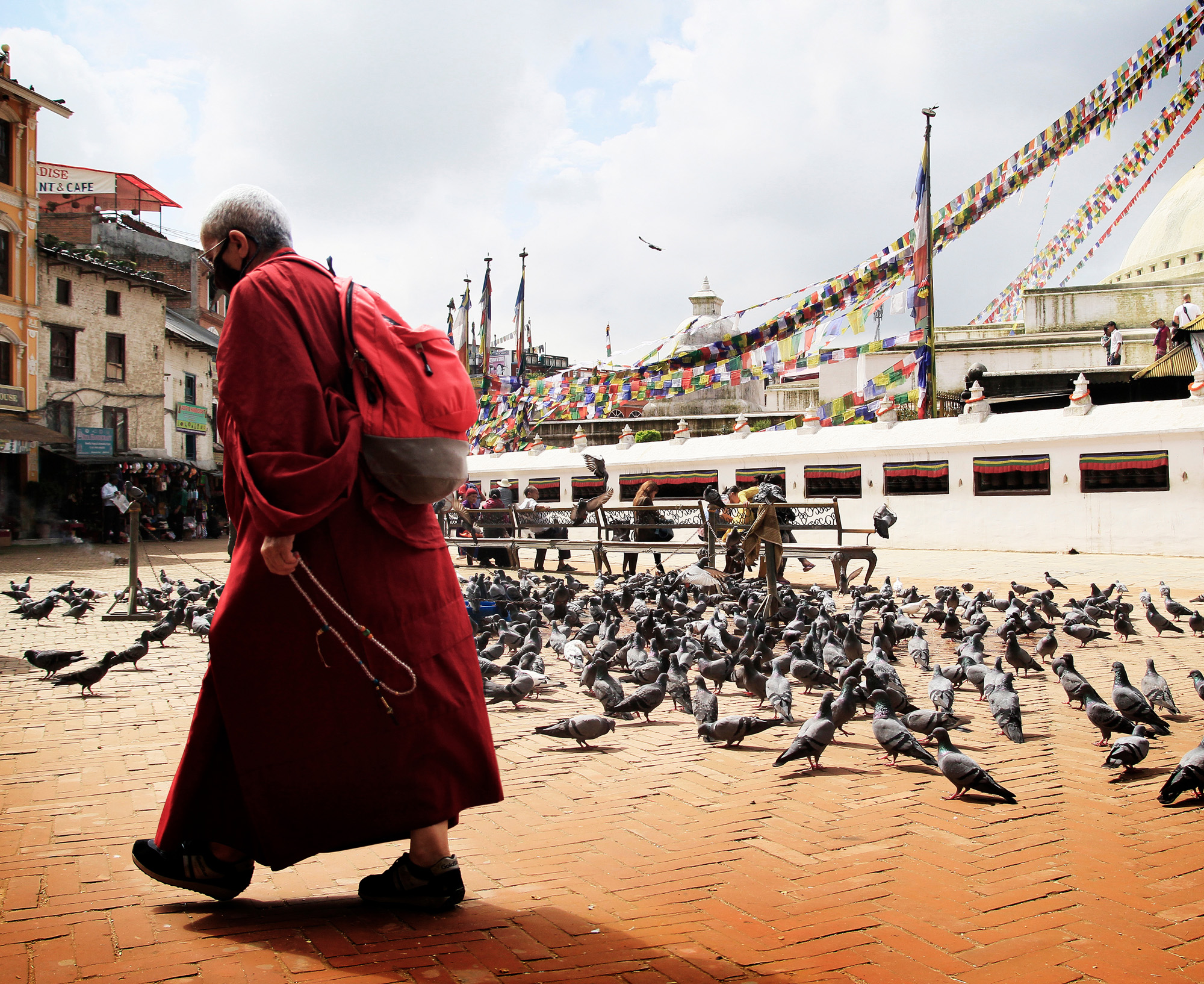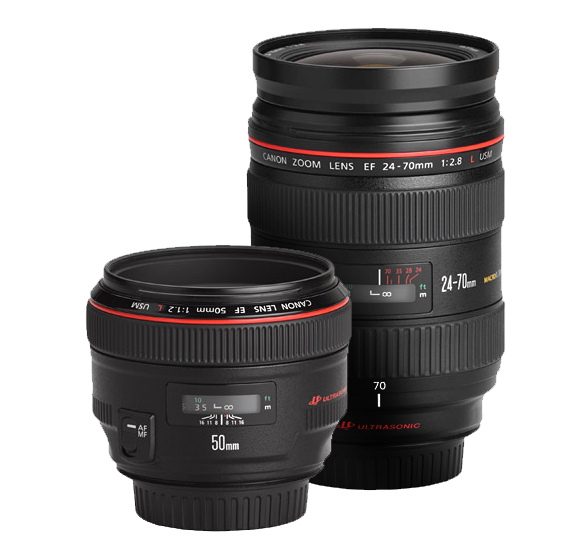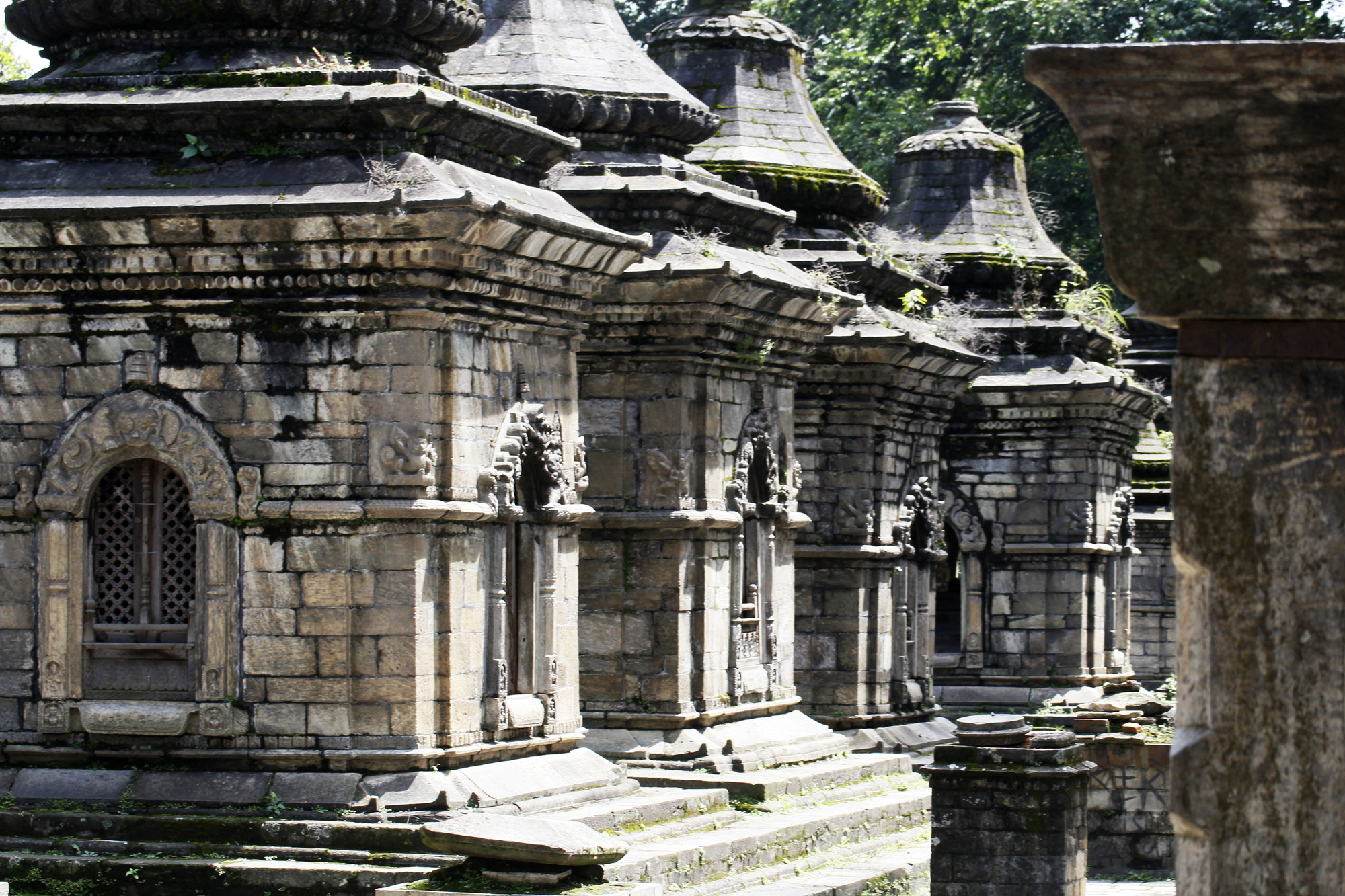 When photographing any kind of architecture, you need to check the opening times of the building/structure you wish to shoot and if any permits are necessary. And then before you go off to shoot your photographs, make sure the weather forecast is right for what you need. It can be very frustrating to drive for hours just to find out it is raining when you get there. Also, plan your trip in the morning or late afternoon because that is when the lighting is best. Here are some more tips to help make your photographs pop.
When photographing any kind of architecture, you need to check the opening times of the building/structure you wish to shoot and if any permits are necessary. And then before you go off to shoot your photographs, make sure the weather forecast is right for what you need. It can be very frustrating to drive for hours just to find out it is raining when you get there. Also, plan your trip in the morning or late afternoon because that is when the lighting is best. Here are some more tips to help make your photographs pop.
Photography
Landscape Photography Tips And Techniques
Landscape photographs have a way of displaying the beauty of our environment and creation in a way that’s quite calming and breathtaking. Well-shot landscape photos are just irresistible to behold by anyone who sets eyes on them. To get eye catching landscape images, it’s important to understand a few tips that one can apply when doing landscape photography. Here are a few tips and techniques you can make use of to come up with great shots.
Street Photography Tips and Techniques
Every moment, there is a story unfolding around us and it requires an ability to be aware of one’s surroundings and good observational skills, and of course a decent camera, to witness and capture that story. From comic to romantic, and from scary to downright bizarre, life presents an immense number of moments that make for great photo opportunities.
Portrait Photography Tips and Techniques
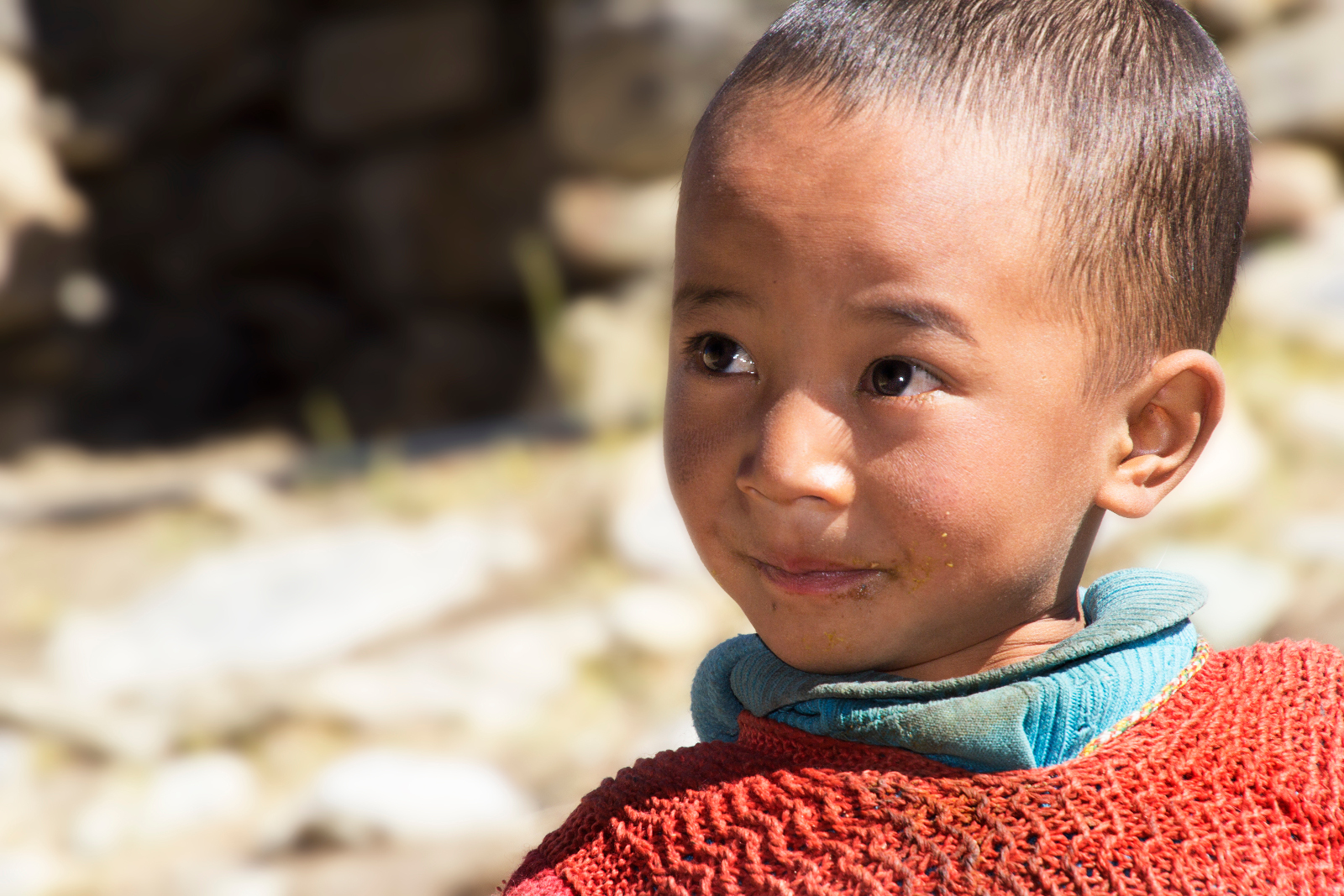 Doing a portrait of someone is very different than taking a picture of them. You can take a bunch of photographs of your family and friends and they will turn out really great, but to do a portrait where the person is actually posing for the camera is a different story. It has to be perfect in every way possible, and you must take a lot of pictures because it may take 20 photos to get one good one that you can use. There are ten important steps to taking a great portrait.
Doing a portrait of someone is very different than taking a picture of them. You can take a bunch of photographs of your family and friends and they will turn out really great, but to do a portrait where the person is actually posing for the camera is a different story. It has to be perfect in every way possible, and you must take a lot of pictures because it may take 20 photos to get one good one that you can use. There are ten important steps to taking a great portrait.
Wildlife And Bird Photography Tips And Techniques
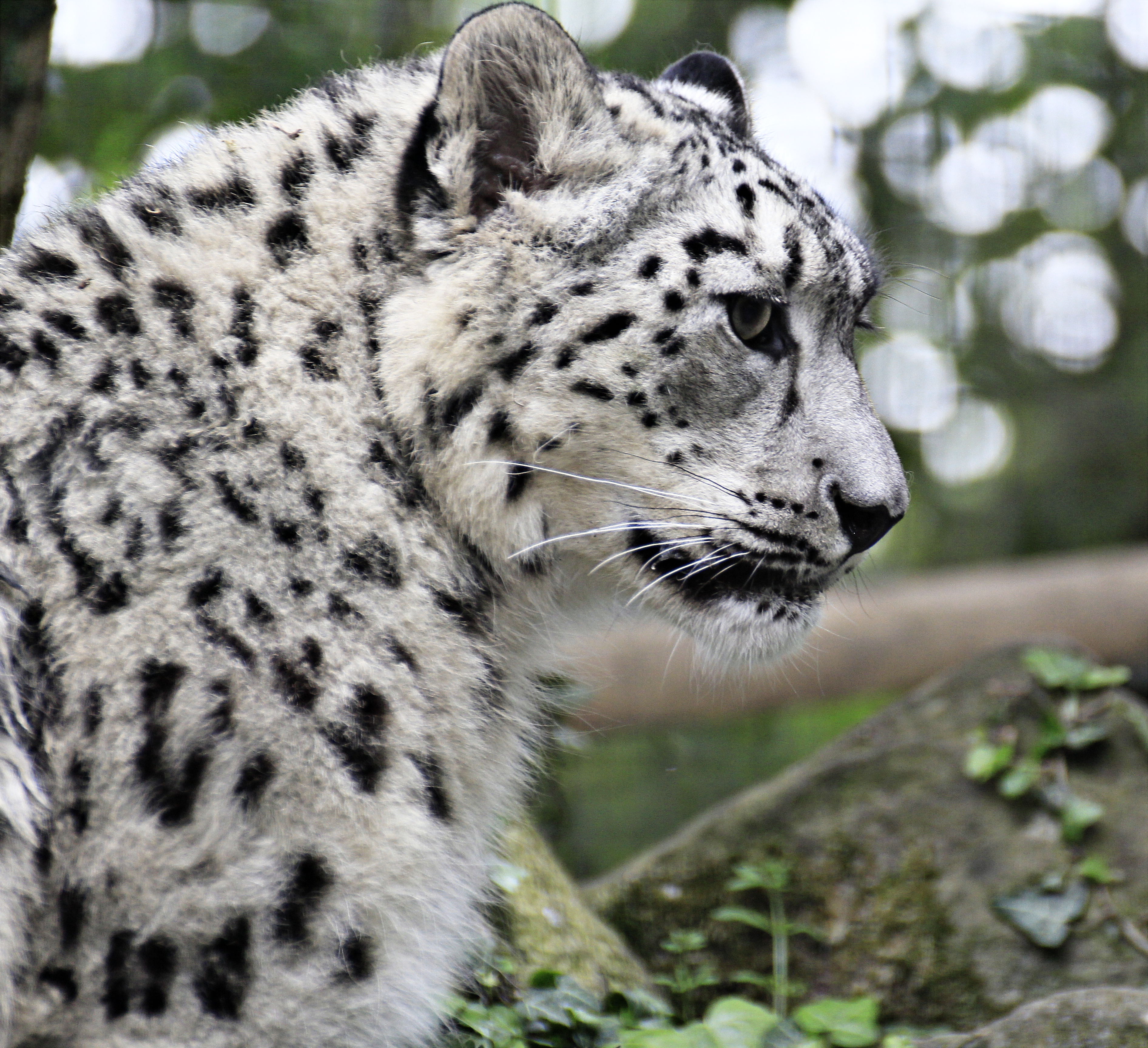 Wildlife and bird photography can be quite exciting and intriguing considering their mobility and how challenging it can be to get the photo from various views. DSLR cameras are very perfect when it comes to the speed and flexibility required in photographing wildlife and birds. A camera that guarantees performance, speed and image quality is a must have if you want the best shots for wildlife and bird photography.
Wildlife and bird photography can be quite exciting and intriguing considering their mobility and how challenging it can be to get the photo from various views. DSLR cameras are very perfect when it comes to the speed and flexibility required in photographing wildlife and birds. A camera that guarantees performance, speed and image quality is a must have if you want the best shots for wildlife and bird photography.
Understanding Macro Lens Magnification
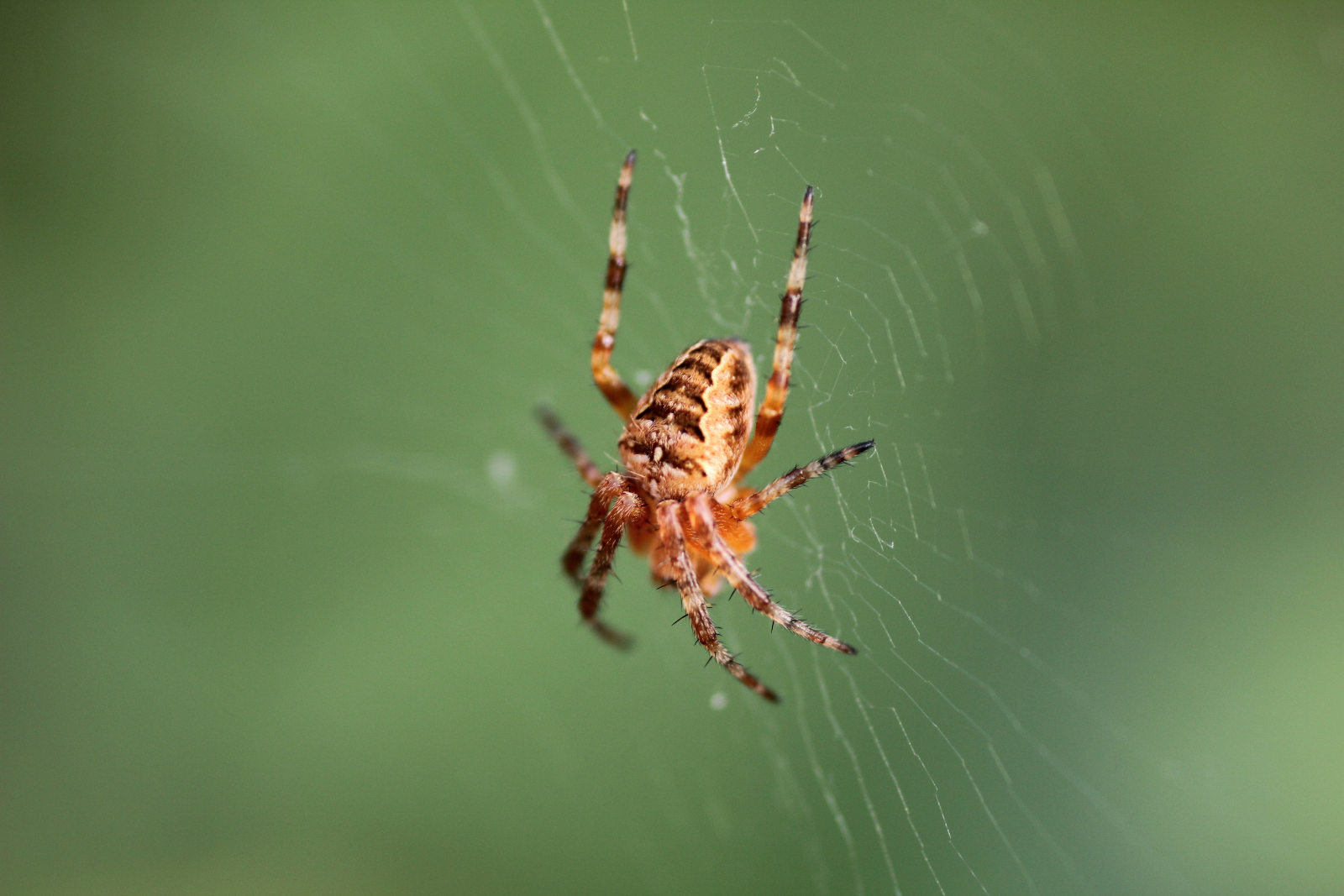 A macro lens is a lens that offers at least a magnification factor of 1.0x or 1:1, which means full life-size magnification (1x magnification). For example, that if you take a photo of a bug that is 1 inch (2.54cm) in length, the bug will appear as the same size on the camera’s sensor. That might not seem very impressive, but when you know that the 18Mp sensor in DSLR cameras enable very large format prints, the potential for creating massive enlargements from shots of tiny objects is really pretty amazing.
A macro lens is a lens that offers at least a magnification factor of 1.0x or 1:1, which means full life-size magnification (1x magnification). For example, that if you take a photo of a bug that is 1 inch (2.54cm) in length, the bug will appear as the same size on the camera’s sensor. That might not seem very impressive, but when you know that the 18Mp sensor in DSLR cameras enable very large format prints, the potential for creating massive enlargements from shots of tiny objects is really pretty amazing.
Guide to using Variable Neutral Density Filters
To any Landscape photographer, ND filters and polarizers are useful tools for great photography. Here I will be talking about the differences between constant ND filters and variable ND filters and how to use a variable ND filter. A ND filter is neutral so it should not affect colour or saturation but only reduce the amount of light.
A variable ND uses polarizing to vary the density hence you get a similar effect as a using a plain polarizer but using a wider range of polarizing effect.
Variable ND filters do use polarizing glass. These are useful in certain situations. You may own an 85mm f/1.9 legacy lens that does a great job in normal conditions. But if you happen to use that lens on a very bright sunny afternoon at the widest aperture then this lens is difficult to use in those conditions because of the blown highlights it delivers. Blown highlights are overexposed areas of the image.
Thoughts on the Tamron 16-300mm Lens
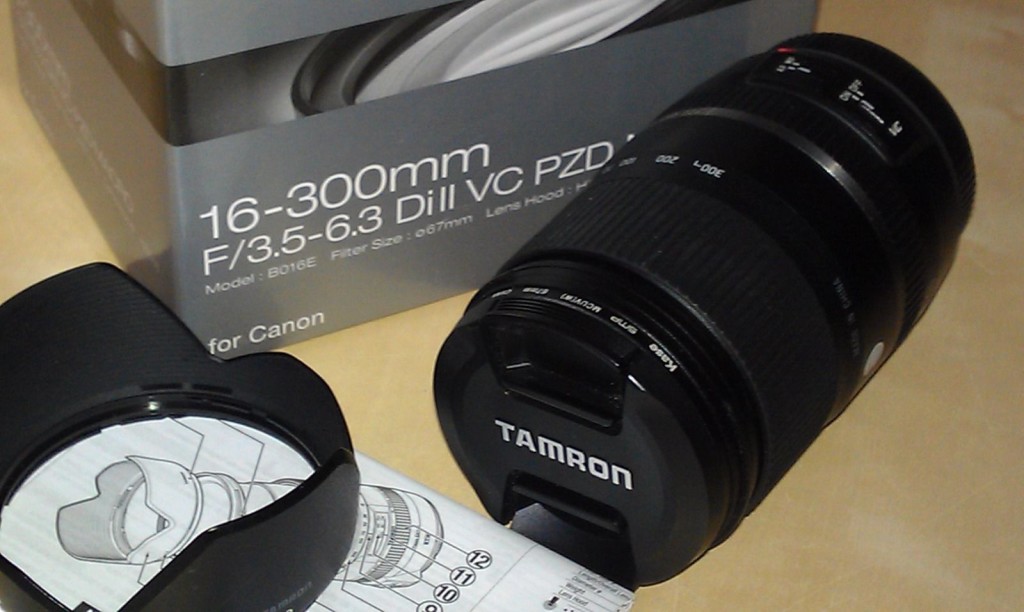 I recently purchased the tamron 16-300mm lens for my Canon 60D dslr from Wex Photographic which is a UK based online retailer specializing in cameras and camera equipment.
I recently purchased the tamron 16-300mm lens for my Canon 60D dslr from Wex Photographic which is a UK based online retailer specializing in cameras and camera equipment.
I am happy with the lens since it is weather resistant and shoots at great quality but it is not the sharpest lens out there. This should however not make a difference since it is still sharp enough and you will not notice any lack of sharpness unless you would be obsessed with pixels.
Why Shoot in Black and White?
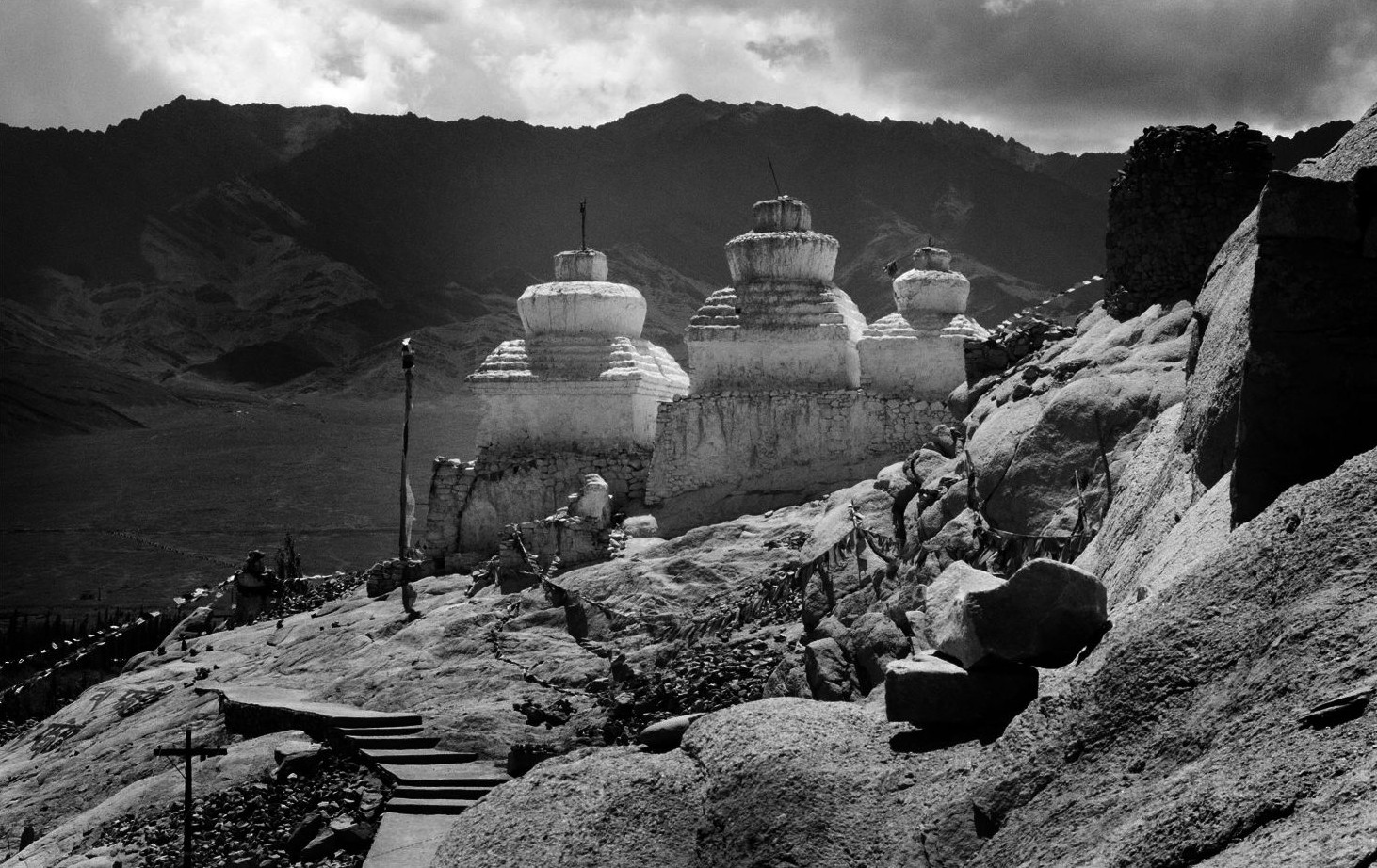 There is no doubt that sometimes a black & white photograph just looks right, but why? What is it that makes black & white sometimes just work better and more importantly when should you use it? Whilst the title says when to “shoot” black & white nowadays you don’t actually need to worry about shooting in black & white. It’s more important to shoot RAW, if you do this then the world is your oyster when it comes to post processing, including turning a color image to black and white.
There is no doubt that sometimes a black & white photograph just looks right, but why? What is it that makes black & white sometimes just work better and more importantly when should you use it? Whilst the title says when to “shoot” black & white nowadays you don’t actually need to worry about shooting in black & white. It’s more important to shoot RAW, if you do this then the world is your oyster when it comes to post processing, including turning a color image to black and white.
Prime Lenses Vs Zoom Lenses
Photographers are always looking out for ways in which they can enhance the quality of their photos and they know well that the type of camera one has contributes a lot to the final image that one captures. DSLR has become a great favorite for most photographers due to its versatility and effectiveness. The higher preference for DSLR cameras has brought into question, which is the most preferable lens that is equal and versatile enough to deliver great shots. The below analysis will be able to guide you accordingly and help you in making the right decision.


